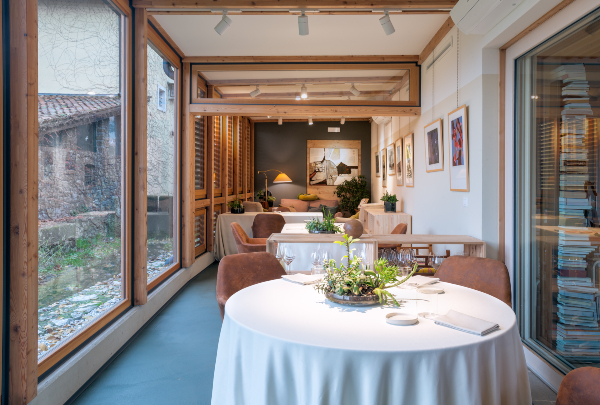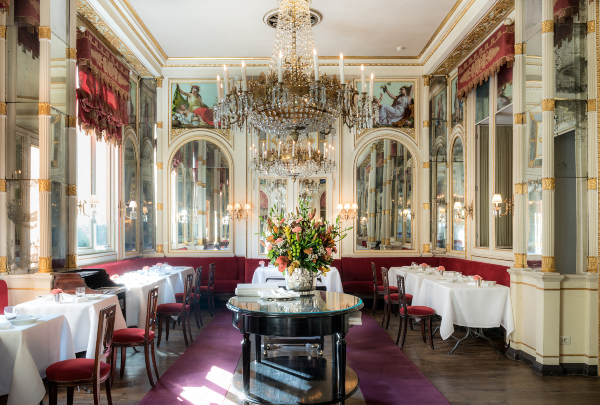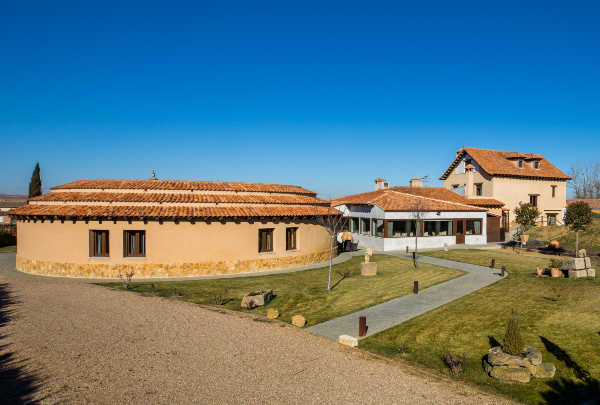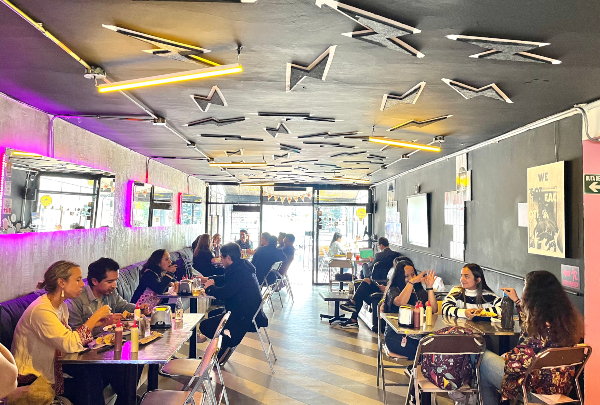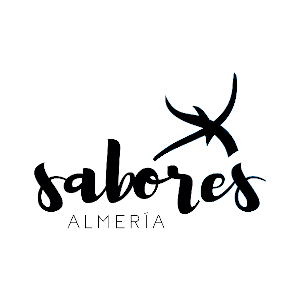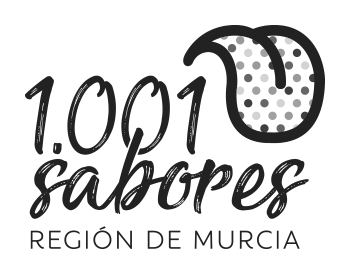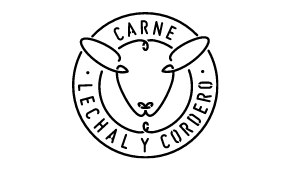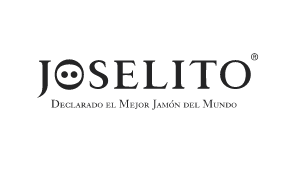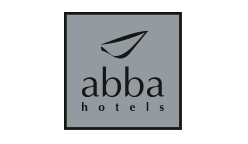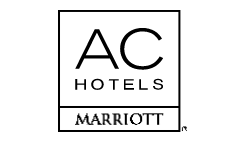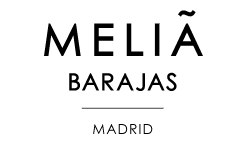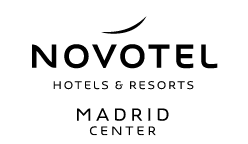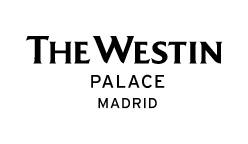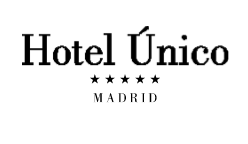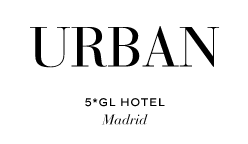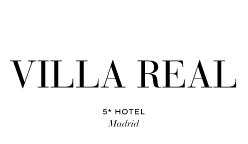Interview
Santiago Lastra: “Being a Mexican chef opens doors”
He has reported success in the last year in London with Kol, a restaurant extolling the gastronomic virtues of the chef's native country through the use of English products.
Born in Mexico, Santiago Lastra studied there after he fell in love with produce and cooking with Pilar Idoate, and before he elaborated on cutting-edge with Andoni Luis Aduriz and René Redzepi and examined the profession close up in almost 30 countries.
Lastra will be at Madrid Fusión to explain a concept that has already earned him a Michelin star, making him, following the closure of Pakta and Punto MX, the only Mexican Michelin-starred chef in Europe operating a Mexican restaurant concept. We talked to him about the importance of travel, of cooking in society, and simply about being Mexican. “It opens doors, but people could still take us a little more seriously”.
You're back in Spain now for Madrid Fusión. What was your first visit like?
I wasn't even 18 and I was wandering around Mexico working in Italian restaurants, but I had no basis to work from. Then I met the Spanish chef Juancho Sánchez, who had worked with Pilar Idoate, and was living in Mexico at the time. He advised me to travel, and to work with Pilar in Pamplona. That was my big chance, and I went. The Idoates gave me work, and they taught me a lot of things, the basis of traditional cuisine I didn't have. And Pilar treated me like her own son. I feel she's my Spanish mother.
And then there was Mugaritz. A fine Spanish tandem.
I worked at the Europa restaurant in 2007 and 2008, and then I went back to Mexico, by which time I was seriously bent on studying cookery. When I finished, I went back to Spain and ended up at Mugaritz. While I was working with Andoni I rounded off my studies with a Master's in Innovation Cookery at the Basque Culinary Center.
What did you do at Mugaritz?
I was working in the Creativity department, and so I learned a lot about innovation. That was 2013. I shared experiences with Juan Vargas, Pablo Lagrange, Miguel Caño and David Chamorro. You make a lot of good friends during those experiences.
Then you started out on a trajectory that took you half across the world with pop-ups and teaching, among other things, how to make tortillas with Scandinavian grains with the Nordic Food Lab, a work idea you elaborated on afterwards. What's your opinion of those years of discovery?
Travel is essential for a chef. It opens up your mind, and it's also great to see the different attitudes people have to food.
“I take a great interest in the background of producers, and I want to convey them”
Isn't that the same thing?
If we're talking about haute cuisine, possibly, because there are a lot of countries that aren't quite ready for haute cuisine, so they copy. There's a kind of general formula for this kind of cooking in some countries. But in the world of traditional cuisine, yes, there's a big difference. I love how culture is expressed through food. What people eat, and how people cook it and eat it. It's the same with music, like samba in Brazil. Cooking is a way of expressing your culture. It fascinates me.
So you keep on travelling, and you end up in Noma.
I worked in Copenhagen, but not in Noma. I worked with René as project manager in the Noma pop-up in Mexico. That was a vital experience. In terms of gaining an insight into Noma's cooking and René's mindset, and also because it gave me a better understanding of my country. I gained a better idea of what Mexico and Mexican gastronomy are. And, in fact, it was during those journeys that I had the idea of setting up in a city to showcase my country's wonderful gastronomy, but also to single out the complete food chain of wherever it was to be found. I also take a keen interest in direct relations with producers, I like to hear their stories and convey them.
The Kol idea. You just needed a place for it.
Then I realised that I wanted to demonstrate the quality of Mexican cuisine, in any location at all. I had travelled so much that the concept of home had already faded ... I chose London because it was a global city. A city I knew about from a few pop-ups, a must-do cosmopolitan city which was already aware of Mexican gastronomy, but realised there was space there to show it off better. A city with a language that I spoke perfectly, with open-minded people, for easy travel, for me and my customers ... London was the best option. So I went there, and I spent more than a year travelling and discovering the country and its producers. Meanwhile I was at events and meeting investors.
What about speaking English?
I already spoke it fluently. I realise that knowing languages, or English at least, is very important for a chef. When you travel, speaking English opens up your mind and enables you to connect with people. It's essential even if you don't leave your own country, but if you want to travel and see the world, it's really important to speak English. If I hadn't spoken it, I wouldn't have left Noma, and my life would have been different.
What is Kol?
Kol is a mixture of Mexican cooking and culture and the ingredients and culture of the United Kingdom. The idea is to cook Mexican using British ingredients, which is what I was thinking about when I came up with the idea in Mexico. A restaurant that's "fine dining", but not a serious place, because I also transport Mexican fiesta culture with regard to food.
Elaborate a little on that mixture.
I'll do that better at Madrid Fusión. The idea is to break down the taste experience of a Mexican product or recipe. We break it down and then we build it up again from scratch using ingredients from here, in order to use local produce to bring about an experience similar to what you'd obtain if you were eating in Mexico. When people come to Kol, what I want is for them to enjoy themselves and, even though we don't want to teach or offer up any kind of pedagogy, in some way we want to take them to Mexico. And to promote local ingredients, which aren't normally cooked that way. Maybe the English can pick up some advice on how to cook the ingredients they know and have to hand in a different way.
José Pizarro and Nieves Barragán are immense
London, an interesting city ...
Very much so. It's changed a lot in recent years. It used to be difficult to find more than three places for a good meal. Now there are loads of them. Some run by chefs who've been travelling and have come back here to put out their concepts. It's a very exciting place, but it isn't easy. London's a very competitive city, and expensive too. But the good thing is that, because it's London, you're cooking for everyone.
Do you know the Spaniards over there? José Pizarro, Nieves Barragán …
José Pizarro is incredible, And Nieves too. Both of them are immense. Dabiz closed down, but he'll definitely be back and better than ever, like always. Plus there are straight Spanish restaurants, such as Barrafina. Peter Sánchez, who has Spanish roots, is also doing very well at Casamia, with a Michelin star.
From Spaniards in London to Mexicans in Europe. Are you the only Mexican chef on the continent with a Michelin star?
Probably the only one with a Mexican concept. There are Mexicans who have a star, but their restaurants aren't 100% Mexican. And I'm there because Roberto Ruiz and Paco Méndez closed down ... We'll see what they do now. Something huge, I'm sure.
Does being a Mexican chef open doors?
I believe it does. I'm very grateful to be Mexican because it's enabled me to travel and work all over the world. I draw inspiration from our gastronomy. It's so wide and varied that the inspiration just keeps coming. And it's true to say that people like Mexican.
There are Mexican restaurants all over the world.
Yes, but there's still a lot of work to be done. Things can still be done to a higher level of quality. There's a lot of Tex-Mex ... People could take us a little more seriously. There's an opportunity there.

